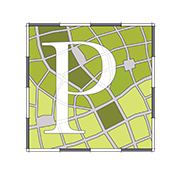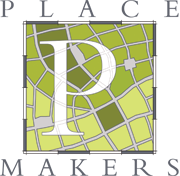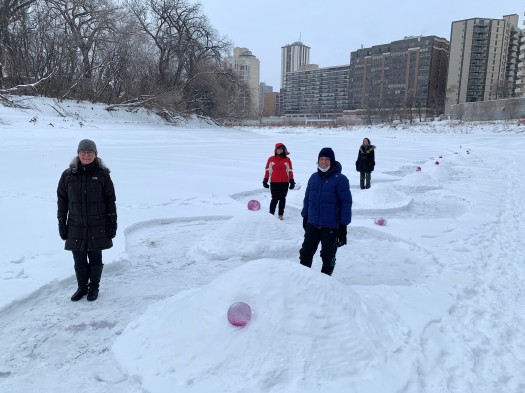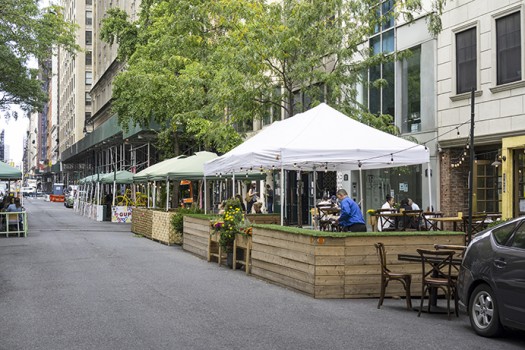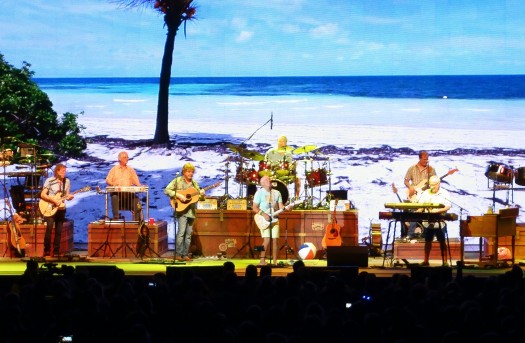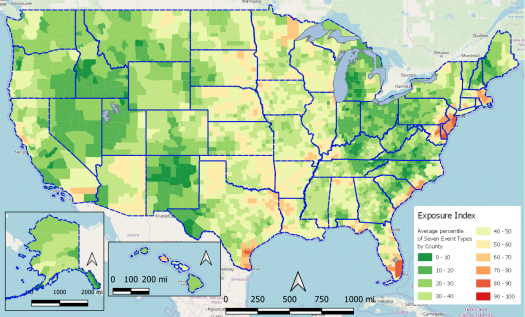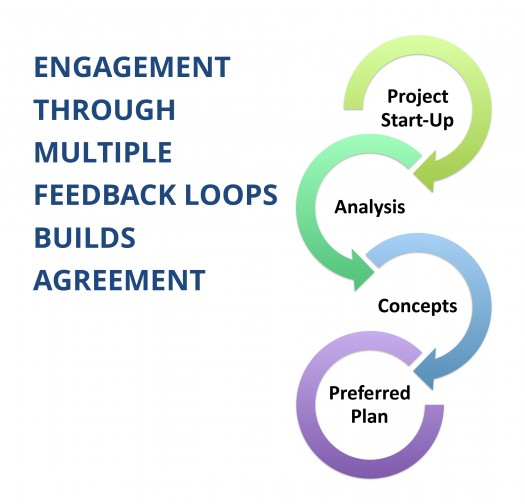CARZILLA: Are huge SUVs & trucks hurting pedestrians and walkable communities?
I’ve become obsessed with the size of personal vehicles, and I’m pretty sure it’s driving my wife crazy. Every time we take a walk, run an errand, or find ourselves in a parking facility, I can’t help myself from commenting constantly about the enormous size of many newer cars, trucks, and especially SUVs compared to…
Read MoreDwelling Small: Breaking down barriers to compact living
Green Infrastructure: Let’s get spongy!
Green infrastructure encompasses a range of innovative, nature-based solutions, such as green roofs, rain gardens, permeable pavements, and bioswales. These approaches work in harmony with the environment to manage stormwater, reduce urban heat island effects, and promote biodiversity. By integrating green infrastructure into urban planning, we can make our communities more resilient, sustainable, and adaptable…
Read MoreThe Shifting Boomer Bulge: Under-appreciated impacts could make the current housing crisis worse
This is the second part of a two-part conversation with Arthur C. (Christian “Chris”) Nelson, professor emeritus of urban planning and real estate development at the University of Arizona, as well as presidential professor emeritus of city and metropolitan planning at the University of Utah. Part One is available here. More about Dr. Nelson and…
Read MoreThe Shifting Boomer Bulge: More bad news for America’s housing crisis?
This is the first part of a two-part conversation with Arthur C. (Christian “Chris”) Nelson, professor emeritus of urban planning and real estate development at the University of Arizona, as well as presidential professor emeritus of city and metropolitan planning at the University of Utah. Part Two is available here. More about Dr. Nelson and…
Read MoreSerpentine Maze: Pop-up parks in a time of pandemic
In this week’s post, PlaceMaker Hazel Borys walks us through a pop-up park that she and her friends built. And how it helps implement three of the 22 actions of the Pandemic Toolkit. Click below to launch.
Read MorePandemic Toolkit: Actions for rebuilding health and opportunity
In the seven months since I blogged last, many of us have turned our attention to cataloguing and collecting planning practices of how cities, towns and suburbs are responding to COVID-19 in an attempt to rebuild health and opportunity. Thanks to those of you who contributed to the PlaceMakers Pandemic Response Compendium, currently cataloguing 38…
Read MoreA Pirate Looks at . . . Seventy? (Reflections on a Long Career, with Six Essentials for Greener, Healthier Communities)
Most people who know my work expect the writing I do in this space, as well as my speaking, to focus on what we should be doing to create and sustain greener, healthier communities. Don’t worry, that’s eventually where this particular piece of writing is going. I can’t help myself when it comes to that subject. But I’m not going to start there: allow me to self-indulge my way around a few personal detours first. I’ll try to make them entertaining…
Read MoreClimate Adaptation: A weather report
This is a case study of the application of Scott’s argument that will be presented at the upcoming virtual Congress, CNU28, during the Wednesday, June 10, 2:30pm EDT session, New Tools for Urban Resilience, as well as part of our ongoing series in support of urbanist COVID-19 policy discussions. Among the lessons the COVID-19 crisis…
Read MorePublic Participation, Part II: Equitable Outreach
This is Part II of a two-parter on community engagement strategies in a new era. Part I is here. This conversation is the third in our series addressing planning challenges for local governments in a post-pandemic future. The two previous topics can be found here and here. Jennifer Hurley is President & CEO of Hurley-Franks…
Read More